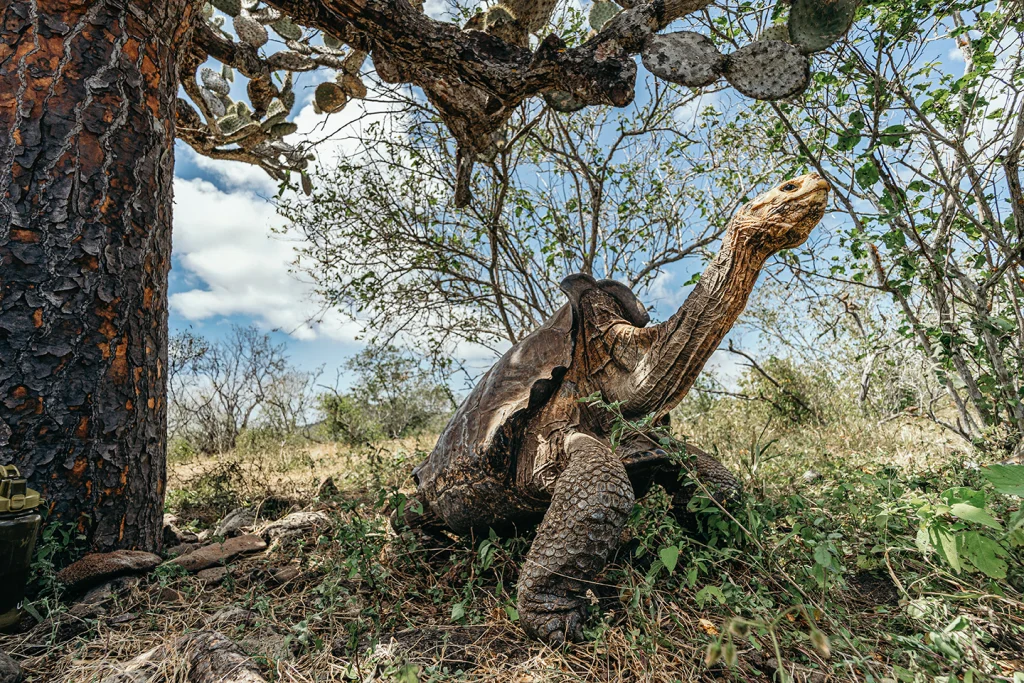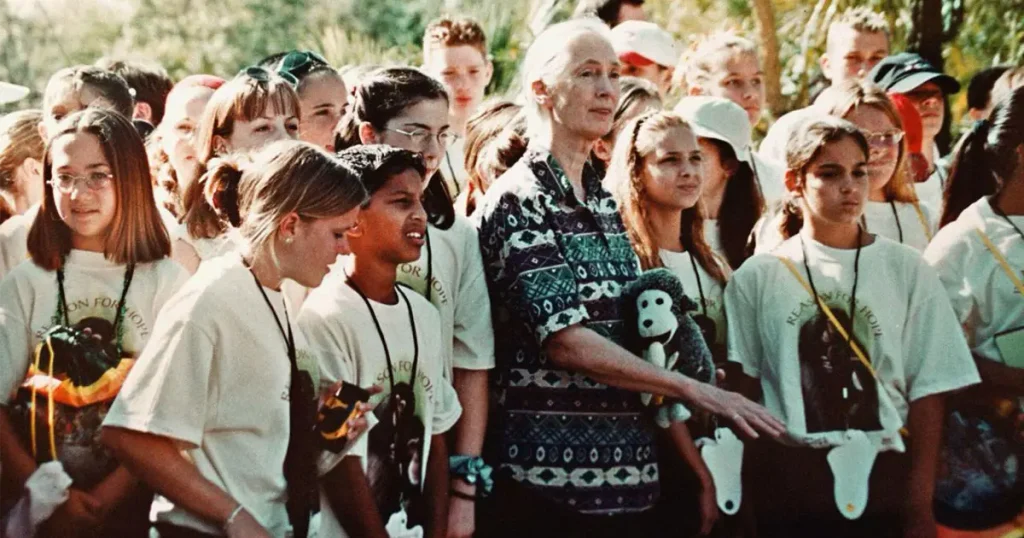Strategic Collaboration to Protect the Giant Tortoises of Southern Isabela Island

Isabela Island, home to five of the twelve remaining species of Galápagos giant tortoises, faces a critical challenge from invasive species that threatens the survival of these magnificent creatures. In partnership with the Galápagos National Park Directorate (DPNG), we have initiated a series of essential conservation efforts to protect the giant tortoises in the southern regions of the island. Our comprehensive approach focuses on mitigating the impact of invasive species while also facilitating the recovery of these remarkable reptiles.
Responding to the Threat of Invasive Species
A census we conducted last year of the eleven remaining tortoise populations of southern Isabela revealed a concerning trend: the absence of young tortoises. This missing cohort is due to the presence of invasive species, mainly, cattle, feral pigs, and fire ants. Cattle compete for resources, while feral pigs directly prey upon tortoise eggs and hatchlings. Fire ants attack hatchling tortoises and, at times, adult female tortoises when they try to lay eggs.
In response to this situation, we have intensified our collaboration with the Galápagos National Park Directorate to reinforce essential conservation strategies, including invasive species control and the relocation of eggs to the Breeding Center. This effort to transfer eggs, which had not been carried out for over 12 years due to challenging terrain, is crucial for rebuilding tortoise populations.
Looking Ahead
Egg relocation is crucial for protecting this species because nearly all eggs in the wild will be destroyed by predators, but nearly 100% of those at the Breeding Center will survive to be eventually reintroduced to strengthen wild populations. Therefore, collecting wild-laid eggs for controlled incubation in captivity is a top priority. These eggs are drawn from the nests of many different females, because genetic diversity is vital for the resilience of giant tortoises, as it improves their ability to adapt to changing environments. In the coming months, we will return with park rangers to the nesting sites to continue our efforts to protect them. These actions not only protect giant tortoises but also enhance the health of their entire habitat.
This year, we conducted 15 expeditions to the remote nesting sites of Roca Unión and San Pedro, located on Sierra Negra Volcano, where we made significant progress. We collected a total of 72 tortoise eggs and two hatchlings: 45 eggs from San Pedro and 27 from Roca Unión, along with one hatchling from each site. We transported them carefully to the “Arnaldo Tupiza” Breeding Center on Isabela Island. This careful relocation is part of the Galápagos Initiative, a joint effort by the Galápagos Conservancy and the Galápagos National Park Directorate, aimed at restoring giant tortoise populations to their historic numbers and territories.

The partnership between Galápagos Conservancy and the Galápagos National Park Directorate serves as a powerful example of how strategic collaboration can lead to meaningful change for critically endangered species. Our commitment, alongside the support of our generous contributors, enhances the protection of Galápagos’ invaluable biodiversity. With your continued support, we can further these vital efforts and ensure a future for one of the world’s most iconic species: the Sierra Negra giant tortoises. Thank you for being part of this important mission.



